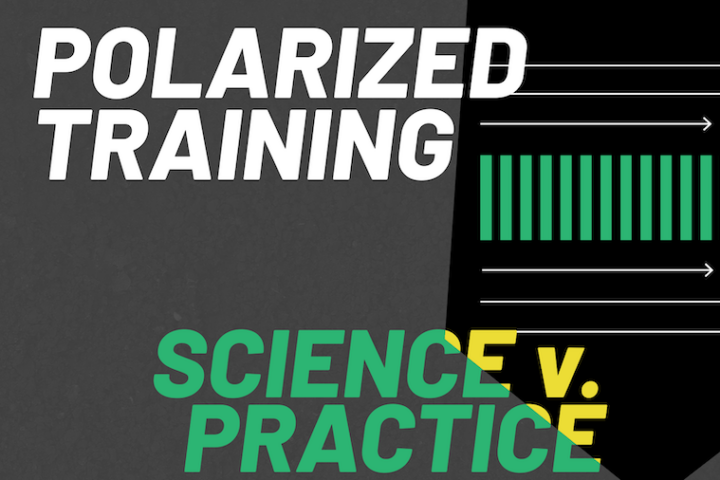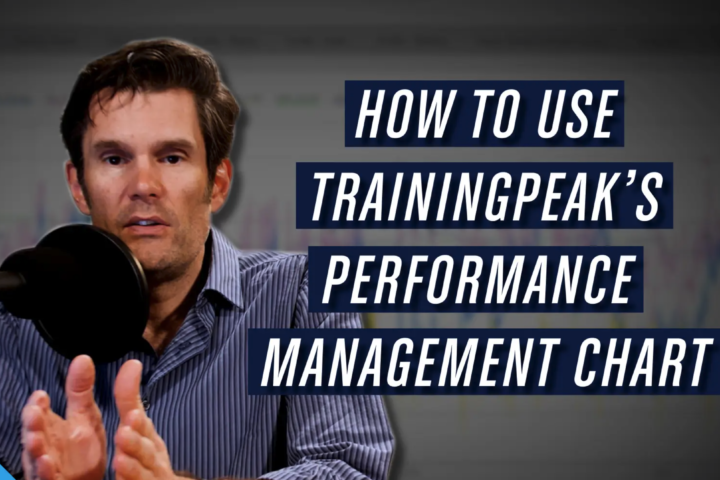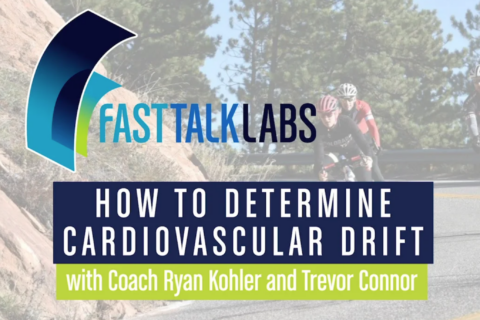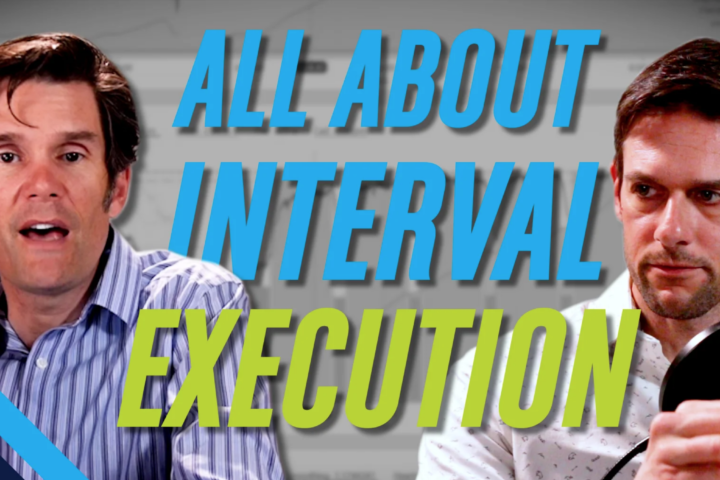
Subtopic Filter
- Aging
- Anaerobic Capacity
- Base Training
- Bike Fit
- Business of Coaching
- Cadence
- Cardiovascular Drift
- COVID-19
- Cyclocross
- Endurance Coaching
- Endurance Performance Data Analysis
- Endurance Training
- Environmental Physiology
- Exercise in Cold Weather
- Exercise in the Heat
- Fast Talk Labs Q&A
- Fasted Training
- Female Athletes
- Functional Threshold Power
- Gear and Tech
- Goal Setting
- Heart Rate
- HIT
- Inclusivity
- Indoor Cycling
- Injury
- INSCYD
- Interval Workouts
- Joe Friel Events
- Long Slow Distance
- Managing Athletes and Service Providers
- Masters Athletes
- Mental Toughness
- Mountain Biking
- N1 Challenge
- Nutrition Strategies
- Overreaching and Overtraining
- Pacing
- Pedaling
- Planning Your Season
- Polarized Training
- Power
- Pro Athletes
- Race Planning and Preparation
- Recovery
- Respiration
- Running
- Skills and Technique
- Sport Psychology & Mental Training
- Sports Medicine
- Sports Nutrition
- Strength Training
- Stretching
- Technique
- Testing
- Training Concepts
- Training Zones
- Training-Life Balance
- USA Cycling Events
- Whoop
- Workouts
- Zwift
Videos > Endurance Coaching
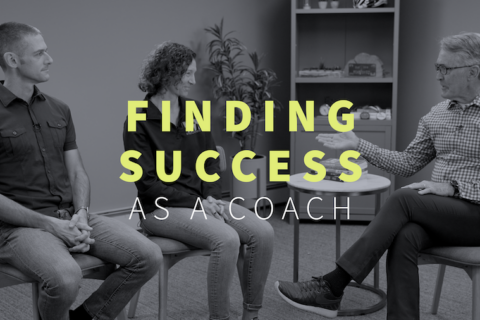
Finding Success as a Coach
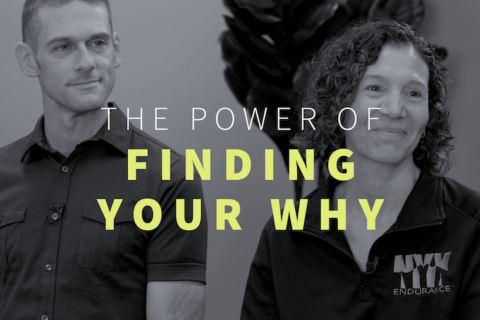
The Power of Finding Your Why
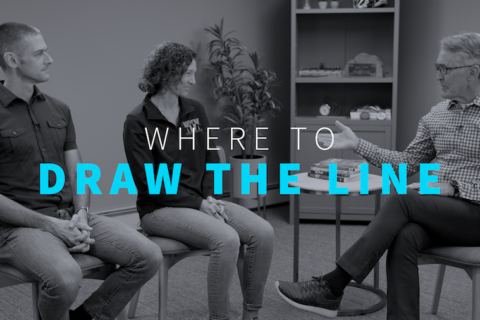
Where to Draw the Line
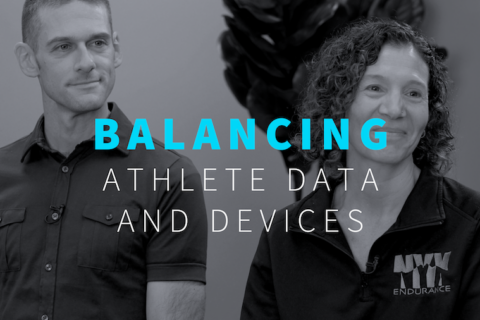
Balancing Athlete Data and Devices

Key Areas of Mobility For Endurance Athletes
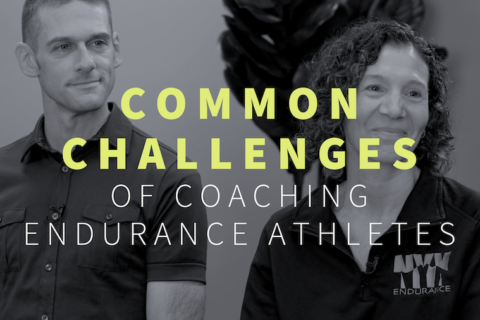
Common Challenges of Coaching Endurance Athletes
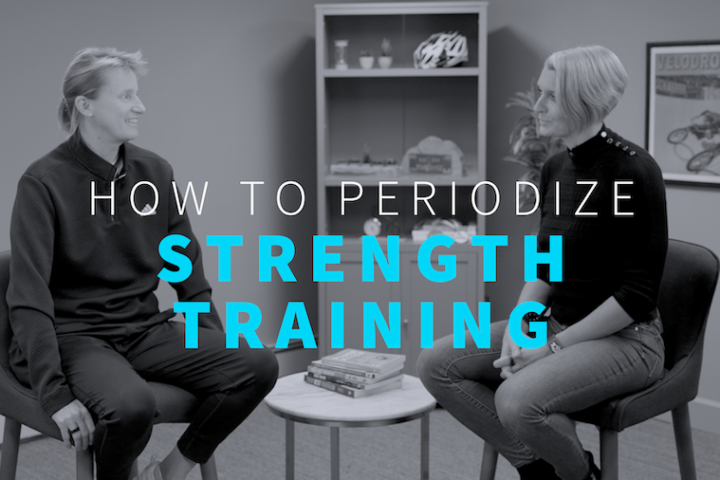
How To Periodize Strength Training
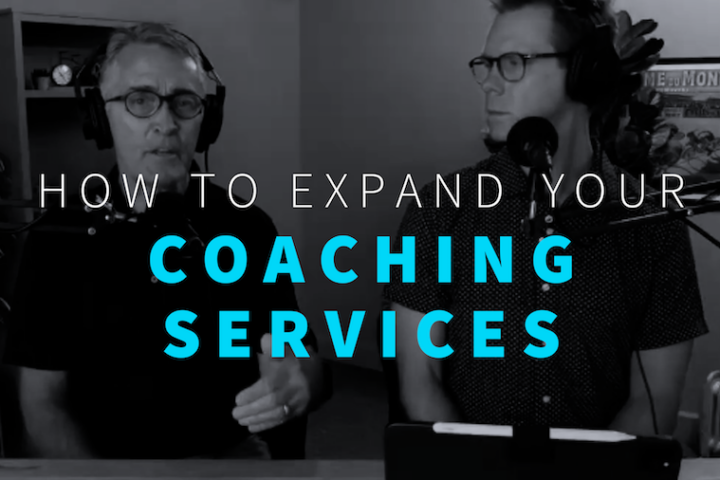
The Craft of Coaching, Live Q&A: How to Expand Your Coaching Services
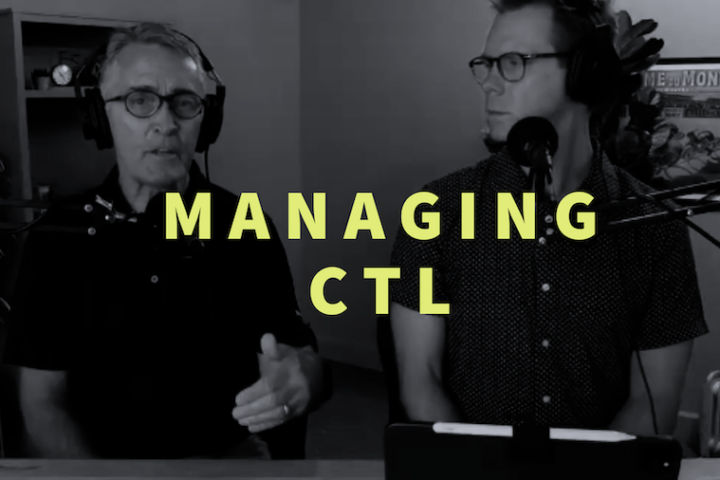
The Craft of Coaching, Live Q&A: Managing CTL
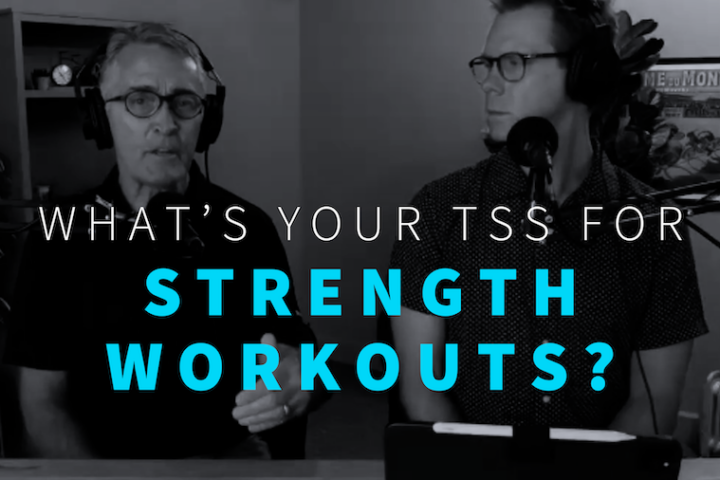
The Craft of Coaching, Live Q&A: How to Calculate TSS for Strength
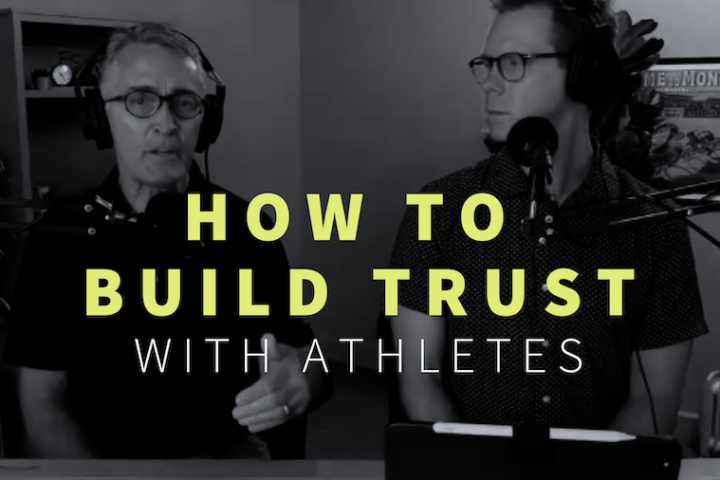
The Craft of Coaching, Live Q&A: How to Build Trust with Athletes
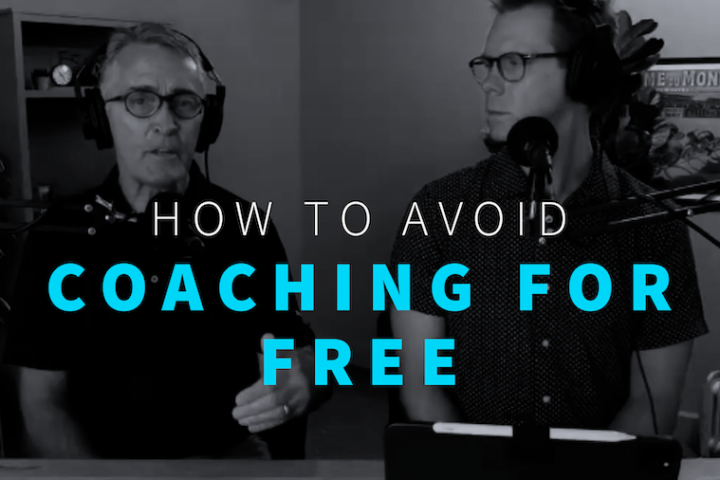
The Craft of Coaching, Live Q&A: How to Avoid Coaching for Free

The Craft of Coaching, Live Q&A: How to Grow Your Coaching Business
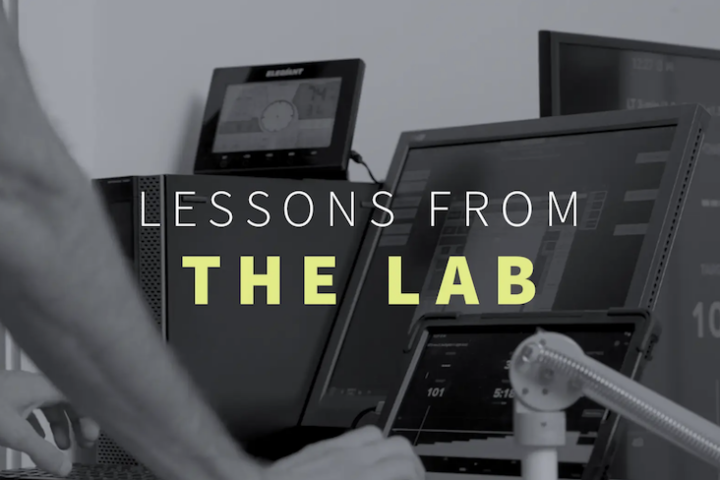
Lessons from the Lab
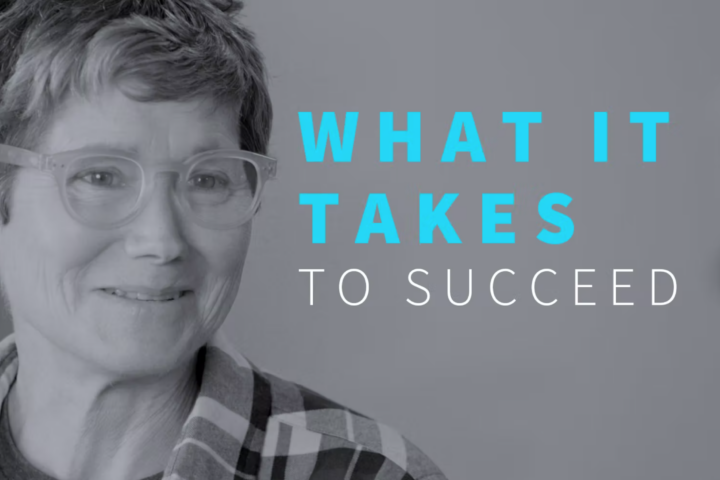
What It Takes to Succeed
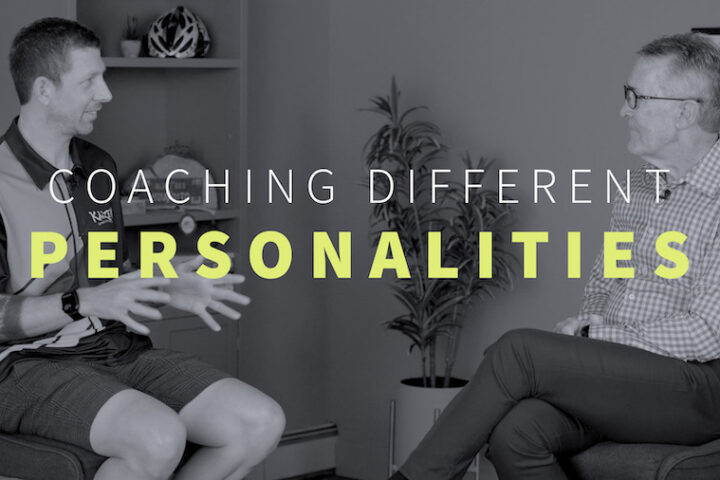
Coaching Different Personalities
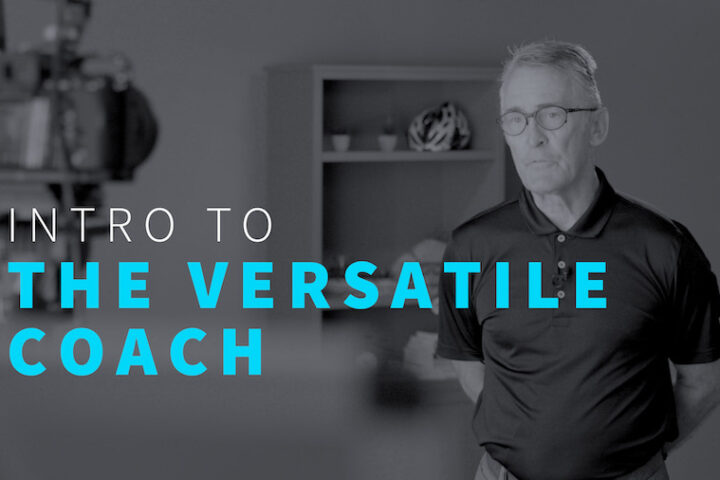
Introducing The Craft of Coaching Module 7: The Versatile Coach
